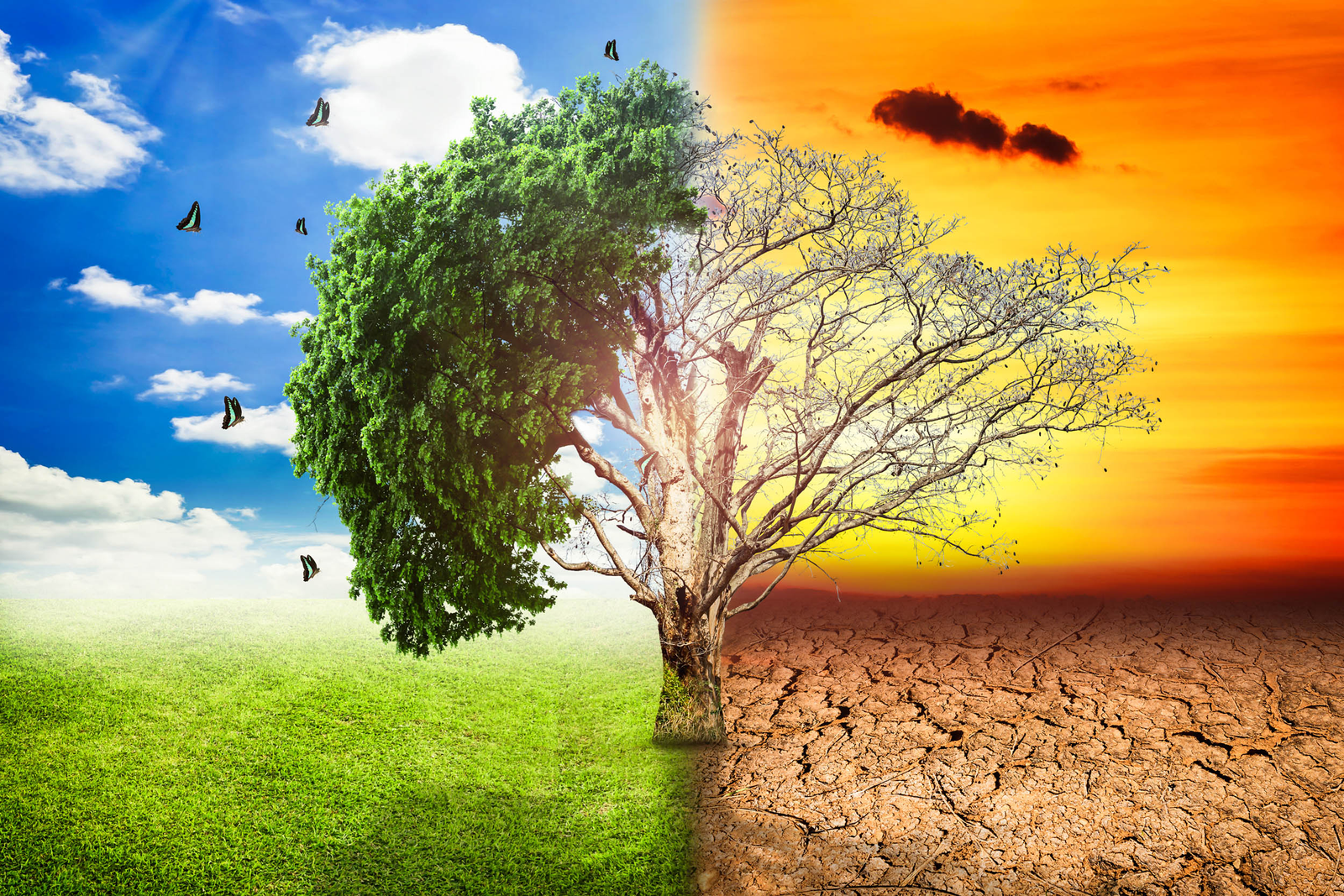
When most folks hear “climate change,” they likely envision melting icebergs or rising sea levels. But there’s another chapter in the book—one that’s striking closer to home. Our warming climate is increasing infectious diseases, making them more prevalent, more intense, and a whole lot more unpredictable. And it’s not necessarily a question of warmer temperatures—it’s a matter of how each heatwave, storm, and drought is altering the relationship between microbes, insects, and humans.

As the planet warms, we’re seeing more heatwaves, floods, wildfires, and intense storms—each one a new challenge for our health. The World Health Organization says climate change is already triggering humanitarian emergencies on a massive scale. Between 2030 and 2050, it’s expected to cause an extra 250,000 deaths each year—just from undernutrition, malaria, diarrhea, and heat stress. And the price tag is staggering. Direct health expenditures may reach $4 billion annually by 2030, and that’s not even including the ripple impact on food, water, and sanitation systems.

So, how does a warmer, more unstable climate get us ill, exactly? First of all, temperature and rainfall variations allow bad microbes to flourish more easily. Hot temperatures facilitate the survival and propagation of bacteria, viruses, and parasites. Excessive rain and flooding may spread contaminants into water systems and overload sanitation systems. Drought may drive people and animals together near scarce water sources, facilitating disease transmission from one host to another.

Mosquito-borne, tick-borne, and other biting insect-borne diseases are particularly vulnerable to these changes. The World Health Organization reports that these vector-borne diseases now account for more than 17% of all infectious diseases and kill more than 700,000 individuals annually. Malaria, dengue, Zika, chikungunya, West Nile virus—they’re just a few on an expanding list. In warming temperatures, these insects are migrating into new parts and bringing their diseases with them. In the United States, for instance, reported instances of vector-borne disease have doubled since 2005. Warmer temperatures accelerate the life cycles of mosquitoes, leading to more bites. And altered rainfall patterns create new breeding habitats or drive insects and animals toward humans.

But the bugs aren’t the only ones. Foodborne and waterborne diseases are becoming increasingly menacing as well, because climate change disrupts our food and water systems. Heatwaves can make bacteria such as Salmonella and E. coli multiply rapidly on food. Floods can introduce toxic microbes into crops and water supplies. Droughts can result in farmers resorting to unsafe water sources for irrigation, bringing new pathogens into the food stream. The ocean is not safe either—warmer waters along coastlines are an ideal home for marine bacteria such as Vibrio, which can render people seriously ill through shellfish contaminated with these bacteria.

Fungi are also evolving in our warming planet. For many years, people were shielded from most fungal infections because our body temperature was too hot for most fungi to survive. But that’s changing. Some fungi are evolving to resist higher temperatures, overcoming that natural barrier. Consider Candida auris, for instance—a fungus that can thrive at human body temperature and has appeared on several continents. Its heat tolerance is a red flag. And with recent research indicating that mean human body temperatures are dipping ever so slightly, the door could be opening even wider for more fungal threats.

What makes all this even worse is that not everyone is at the same risk. The poorest countries and communities with poor health systems suffer most, despite being responsible for the least emissions, causing climate change. Children, the elderly, chronically ill individuals, and the poor are particularly affected. Already struggling with hunger and poor access to clean water in many areas, climate change just adds to the difficulty of remaining healthy. The WHO reports that 3.6 billion individuals are now living in regions that are extremely vulnerable to climate change. And in those most vulnerable areas, mortality rates from catastrophes due to extreme weather are 15 times higher compared to regions least affected by the changes.

It is extremely hard to forecast exactly how and where the diseases will spread. Researchers are employing everything from satellite imagery to records to construct models, but the relationships between disease and climate are multifaceted. Pathogens, vectors, and humans alike are evolving rapidly, and human activities—such as migration, urbanization, and changes in agriculture—make it even more difficult to follow.

As Dr. Antar Jutla of the University of Florida would say, if you want to comprehend the risk of disease, you need to comprehend the environment, but also how humans live and travel in it.

Addressing the health effects of climate change will require more than novel medicines. We require improved systems for tracking and monitoring disease, improved food safety regulations, and climate-resilient farming practices that can absorb climate shocks.

We also need to invest in health care infrastructure—especially in the places that are most at risk—and make sure communities have the information and tools to protect themselves. The truth is, we’re entering a new era of infectious disease, shaped by forces bigger than any one country or community. The earlier we recognize climate change as a health emergency—not simply an environmental one—the better we’ll be prepared for what’s to come.
